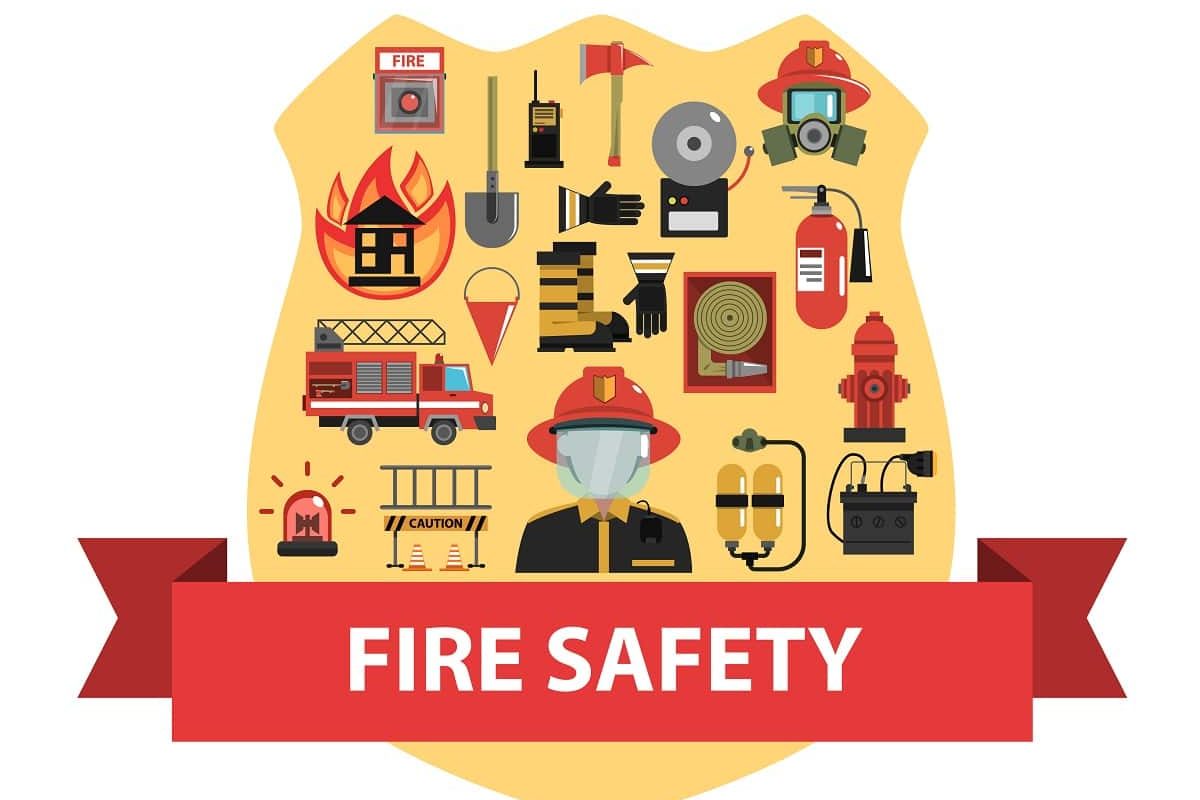If you are a landlord of an HMO – House in Multiple Occupation – the law requires you to undertake a fire risk assessment and take all appropriate steps to eliminate or reduce the risk. This is different from a buy-to-let in that the regulations regarding fire safety can be more complicated.
You should undertake a landlord fire risk assessment even if your building is empty. According to Home Office statistics, there are around 60 fires a day in or next to empty buildings. Arson, criminal damage, and theft are much more common in empty buildings than ones which are occupied, and, of course, there is always the risk of squatters.
If you are a private landlord of an empty building it is important to maintain it properly as this will give you the best chance of renting it out and also ensuring that it is safe and secure during the time that it is vacant. Furthermore, if a fire should break out, your insurance company will investigate whether or not you met the necessary fire safety regulations and if you did not, they may be able to refuse to pay out.
Obviously, you need a fully working and appropriate fire alarm system that is monitored so that it can cause an alert before a fire takes hold and the fire brigade can attend promptly. You will probably also need emergency lighting which will help the emergency services to find their way around your property. In addition, it is a good idea to install security lighting so that it will deter trespassers and squatters from entering.
If your building has a sprinkler system, it may not be practical to keep it in use in an empty building. In this case it should be drained and the water supply isolated in order to prevent water damage from leaks. If the sprinkler system is operational, you must maintain it in accordance with British Standards, because you could again run the risk of invalidating your insurance policy if not.
Tenants May Not Even Talk To One Another
One of the reasons that fire regulations in an HMO are more strict is because your tenants may not get on well together, and may not even talk to each other. Furthermore, most of the fires within blocks of flats begin in the individual flats themselves, and the chief reason is electrical faults from overloaded sockets.
In addition to that, if you have a simple buy-to-let, the rooms are not likely to be locked, but in an HMO the opposite is the case. This can mean that it is not so easy for people to have a clear escape route in the event of an emergency.
For this reason, one of the most important things in an HMO is to have thumb turn locks. This will mean that it is much easier to escape, rather than having a situation where people are unable to find a key. Health and safety regulations require you to make certain that tenants always have a clear escape route, and thumb turn locks are a big part of this.
Another absolute essential is fire doors. All escape routes have to be properly protected, and the main way of doing this is with fire doors, complete with intumescent strips and door closers in addition to the thumb turn locks.
In addition, you will need smoke alarms in all of the bedrooms, the corridors, and in other communal areas. In the kitchens you must install heat alarms. Depending on the size of your HMO, you may also need to consider upgrading the fire alarm system to a panel system which will receive information from each sensor and therefore will indicate the exact location if there is smoke, heat, fire, or even a fault. If you are installing a new fire alarm system you may also want to consider a wireless one. They are more expensive to buy, but very quick to install and cheaper because there is no wiring to run.
Another consideration in an HMO is the windows. You need to ensure that the windows are of suitable size and design if they are a secondary escape route. Obviously, this will depend upon the layout of the property.

